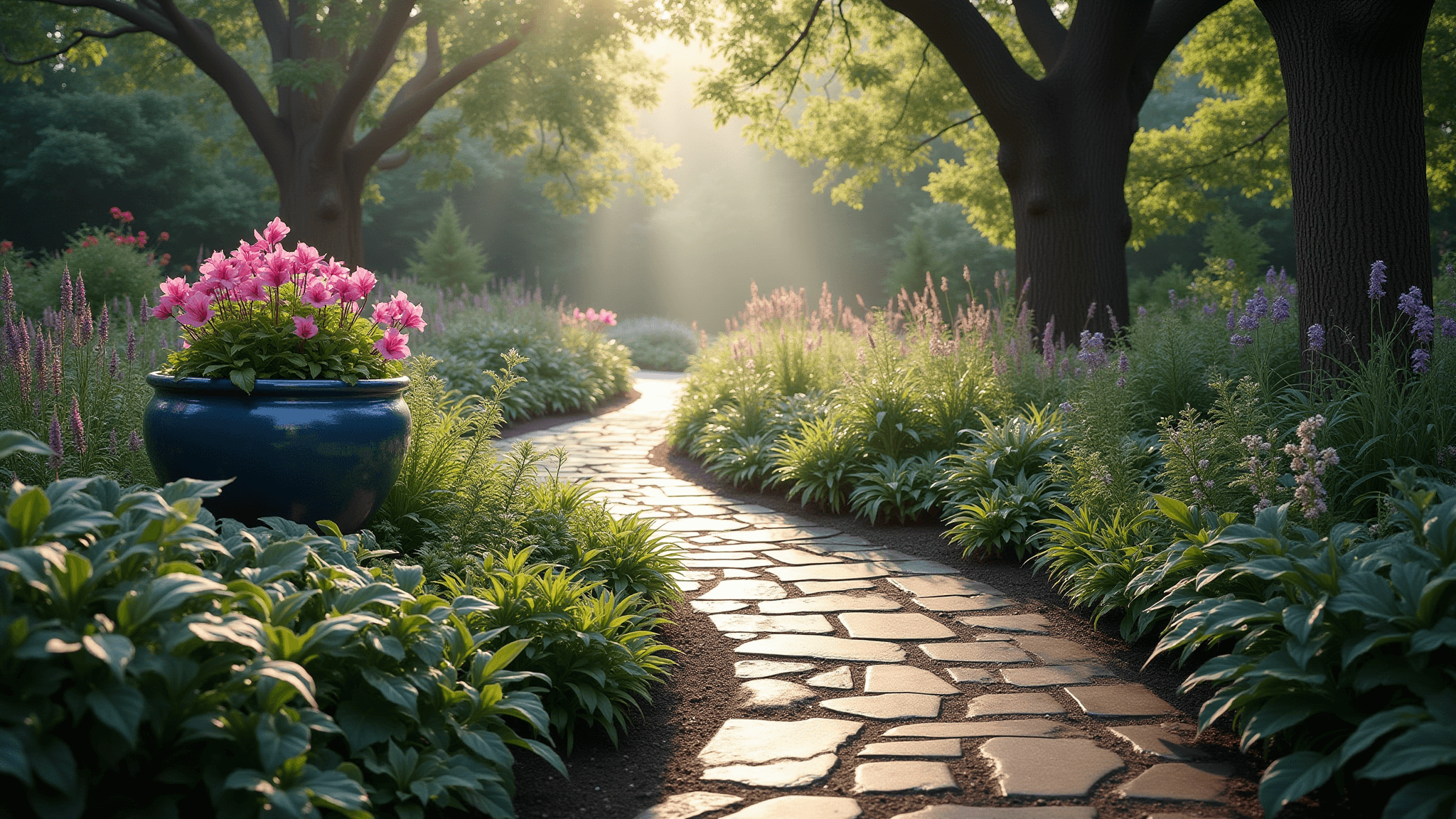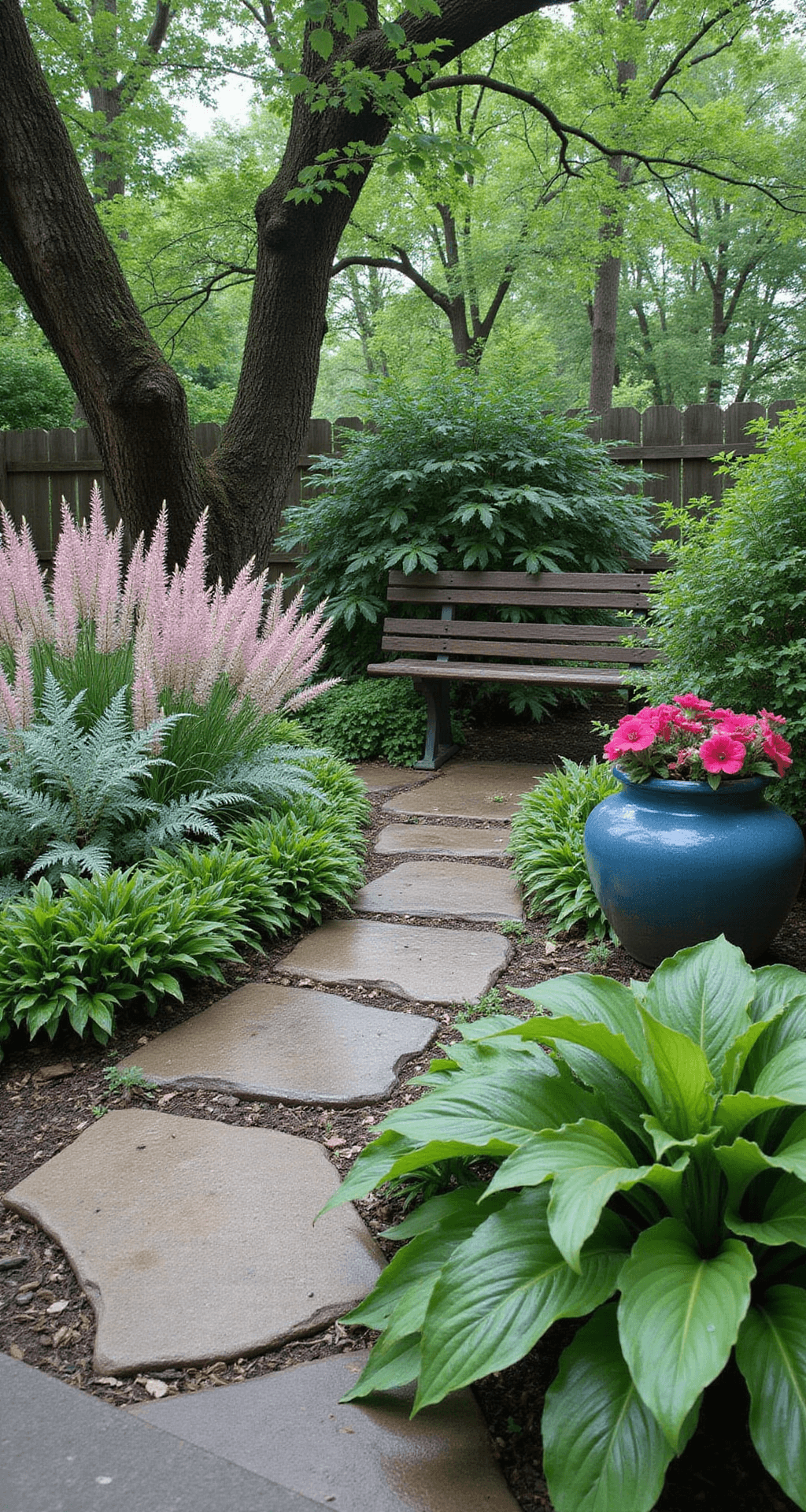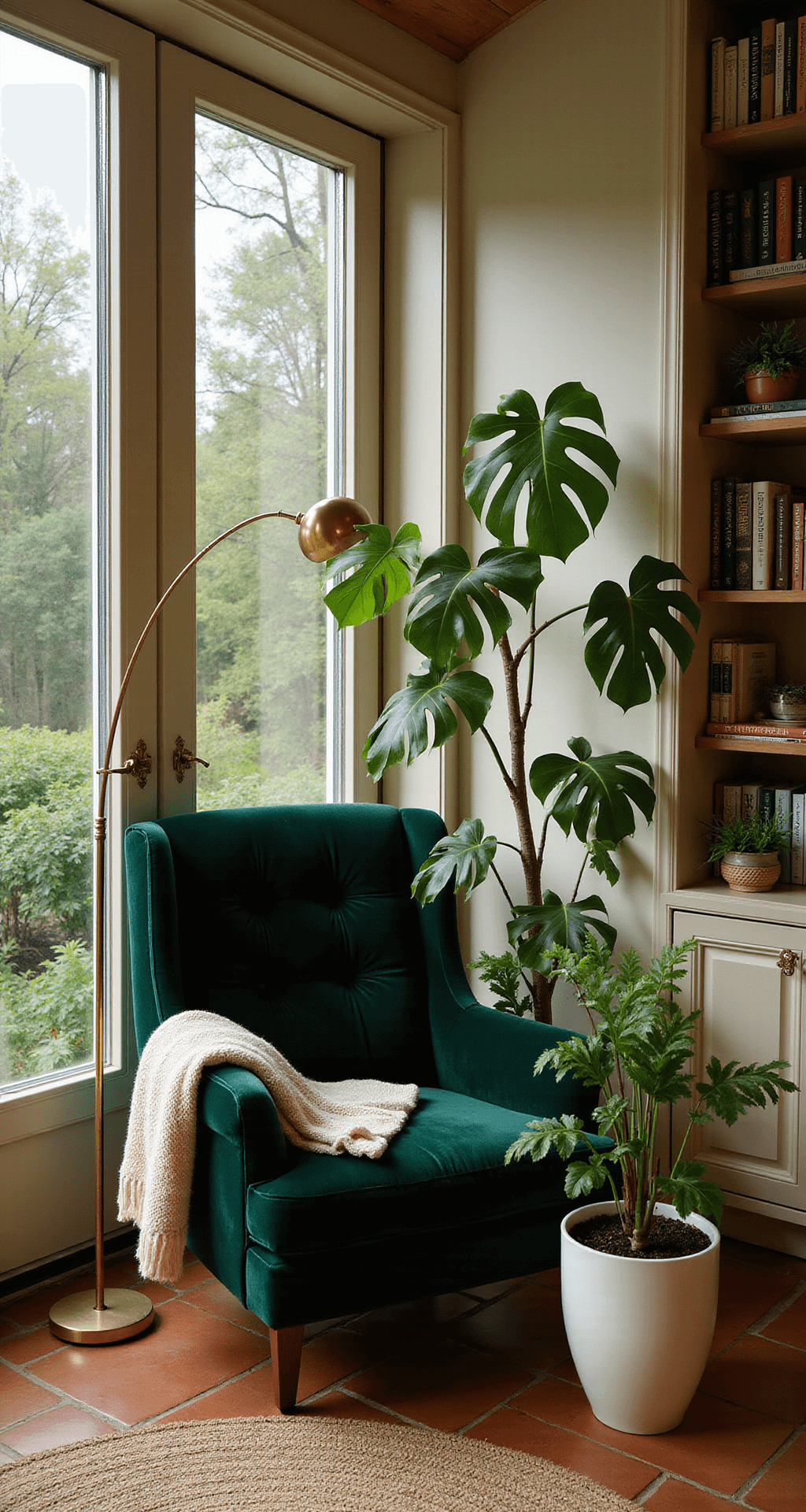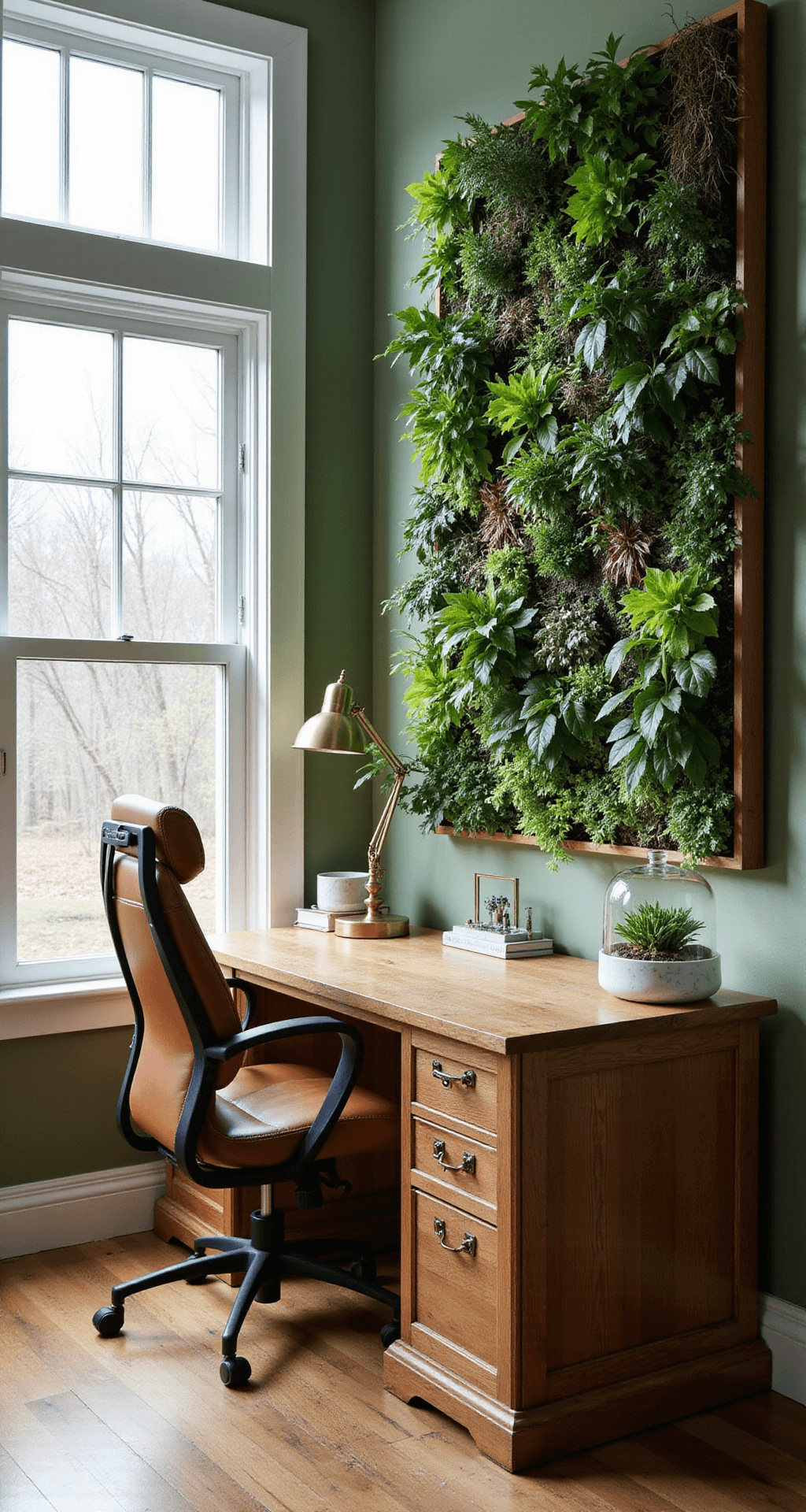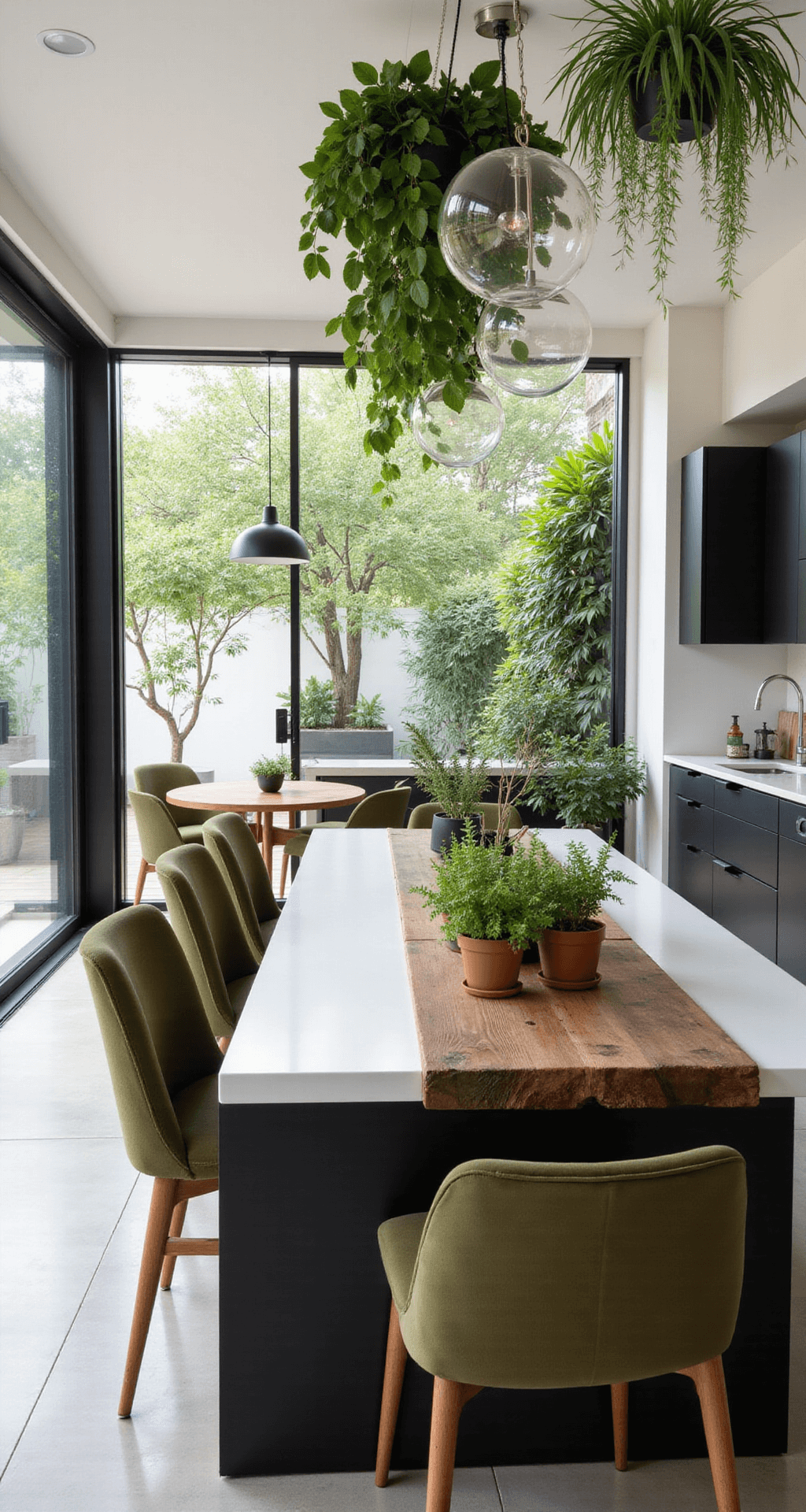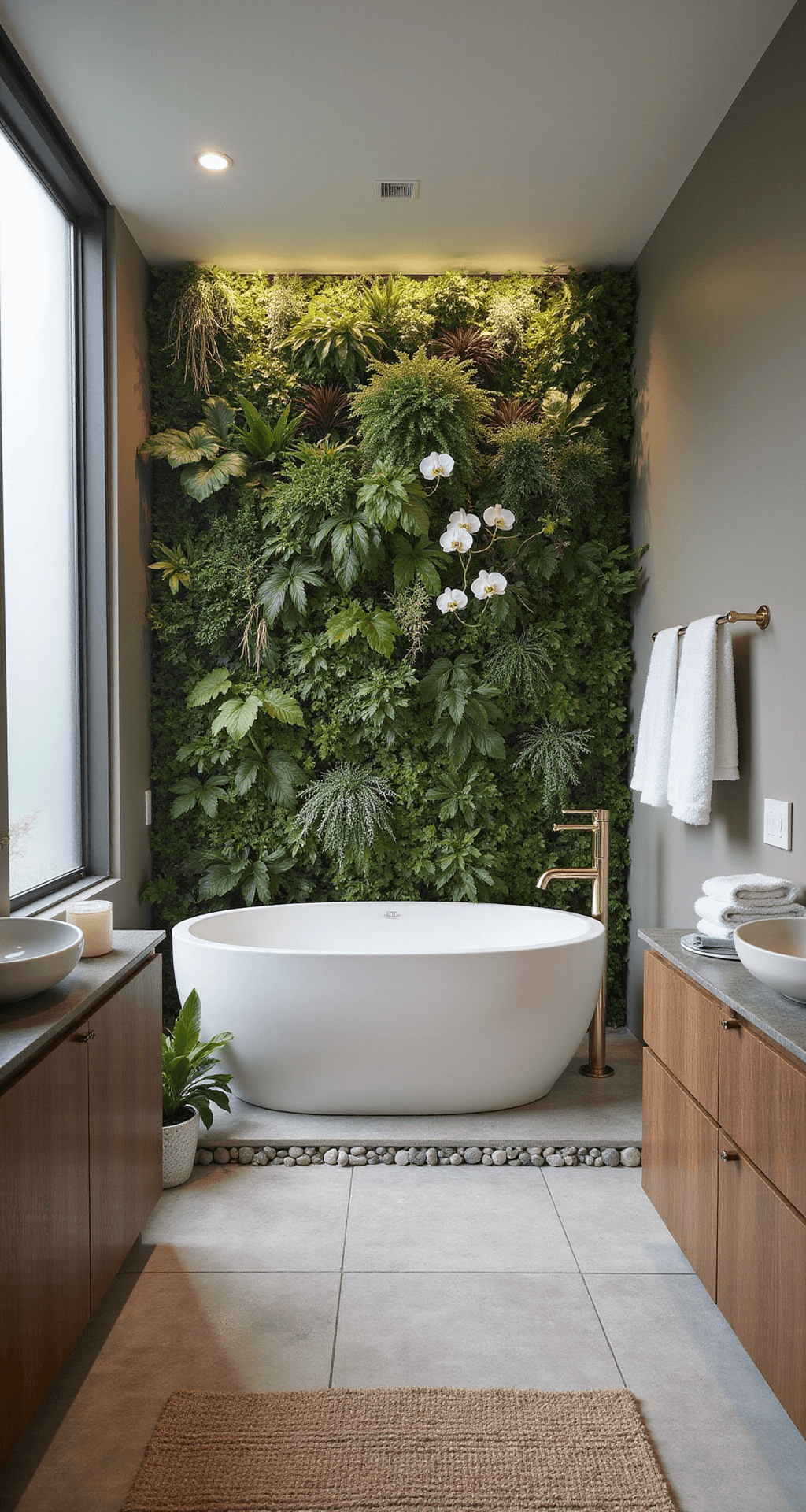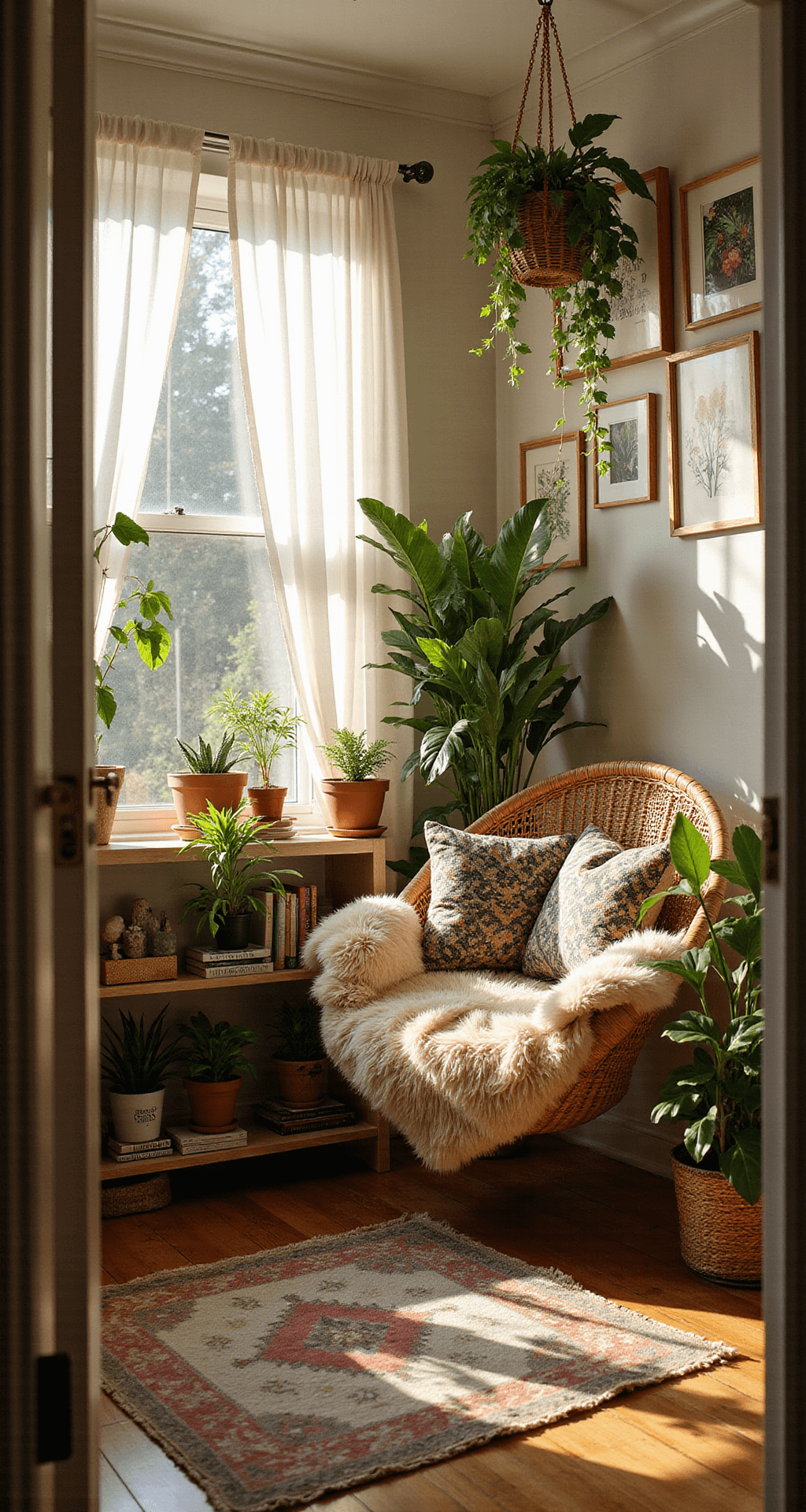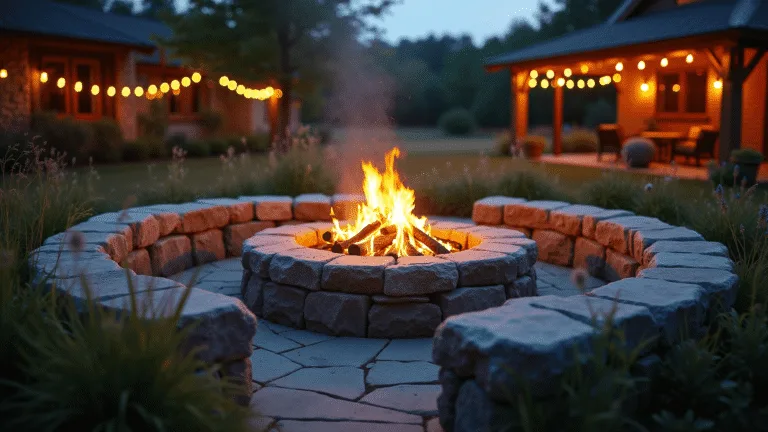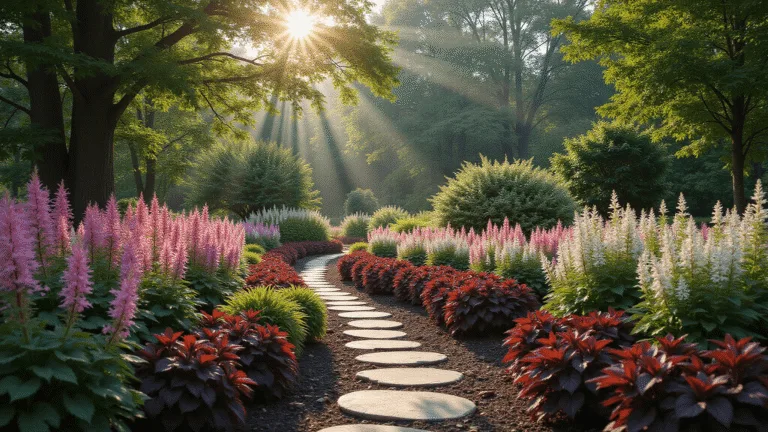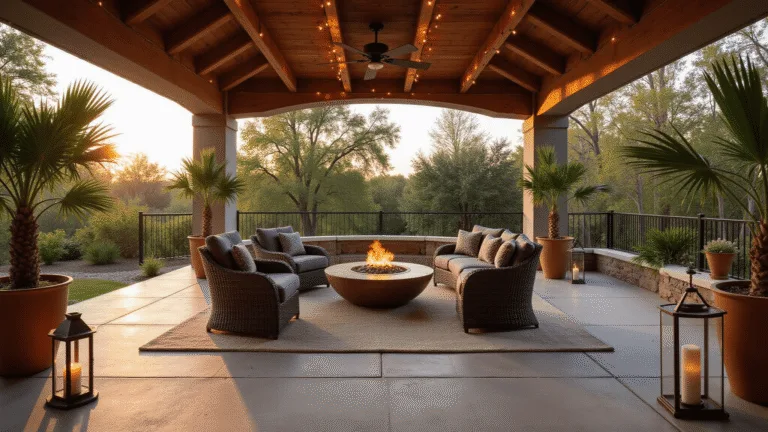This post may contain affiliate links. Please see my disclosure policy for details.
I’ve got a confession to make – I used to think shade gardens were boring.
Contents
Boy, was I wrong!
After years of trial and error (and more than a few wilted plants), I’ve discovered that shady spots can be just as vibrant and exciting as sun-drenched gardens.
The secret? Picking the right plants that thrive in low light.
Let me spill the tea on my favorite shade-loving superstars and share some pro tips I’ve picked up along the way.
Trust me, by the end of this article, you’ll be itching to transform that dim corner of your yard into a lush, colorful oasis!
Shade Garden All-Stars: My Top Picks
Hostas: The OG of shade plants
These leafy legends come in more varieties than Baskin Robbins has ice cream flavors.
From miniature cultivars perfect for borders to massive specimens that’ll make your neighbors jealous, hostas are the MVPs of shade gardens.
Pro tip: Mix up leaf colors and textures for an eye-catching display.
Astilbe: Fluffy plumes of joy
Picture cotton candy on a stick, but make it a flower.
That’s astilbe for you!
These feathery beauties come in shades of pink, red, and white, adding a soft, whimsical touch to shady spots.
Heuchera (Coral Bells): The color chameleons
Want to add a pop of color without relying on flowers?
Heuchera’s your guy.
With foliage ranging from deep purple to lime green, these plants are like living works of art.
Japanese Painted Fern: Nature’s watercolor masterpiece
Delicate silver and burgundy fronds that look like they belong in a fairy garden?
Yes, please!
These ferns add an ethereal touch to any shady nook.
Begonias: Shade-loving flower power
Who says you can’t have flowers in the shade?
Begonias laugh in the face of low light, blooming their hearts out all summer long.
Unexpected Heroes: Plants That Surprised Me
Solomon’s Seal: Elegant arches
I stumbled upon this gem by accident, and now I can’t imagine my shade garden without it.
Graceful arching stems with dangling white flowers – it’s like nature’s own chandelier.
Hakonechloa (Japanese Forest Grass): The golden waves
This ornamental grass brings movement and a touch of sunshine to dark corners.
Its cascading golden leaves catch even the slightest breeze, creating a mesmerizing effect.
Lamium: The problem-solver
Got dry, shady spots where nothing seems to grow?
Enter Lamium.
This tough-as-nails groundcover not only tolerates those tricky conditions but also rewards you with pretty silver-patterned leaves and delicate flowers.
Design Tips for Shade Garden Success
- Embrace the drama: Use bold, large-leaved plants like hostas or elephant ears as focal points.
- Play with texture: Mix feathery ferns with broad-leaved plants for visual interest.
- Go vertical: Don’t forget climbing plants like clematis or climbing hydrangea to add height to shady walls or fences.
- Add pops of color: Use colorful containers or garden art to brighten dark corners.
- Create contrast: Plant light-colored foliage next to darker leaves for a striking effect.
Troubleshooting Common Shade Garden Woes
- Dry shade got you down? Look for drought-tolerant shade lovers like epimedium or liriope.
- Dealing with root competition from trees? Raised beds or large containers can give your plants a fighting chance.
- Slugs eating everything in sight? Try using copper tape around pots or sprinkling coffee grounds around vulnerable plants.
The Final Shade
Creating a thriving shade garden isn’t about fighting nature – it’s about working with what you’ve got.
Embrace the cool, calm vibes of your shady spots and let these low-light lovers shine.
With the right plant choices and a little creativity, you’ll have a lush, inviting retreat that’ll make even sun-worshippers jealous.
So go ahead, dive into the world of shade gardening.
Your own personal forest paradise awaits!

